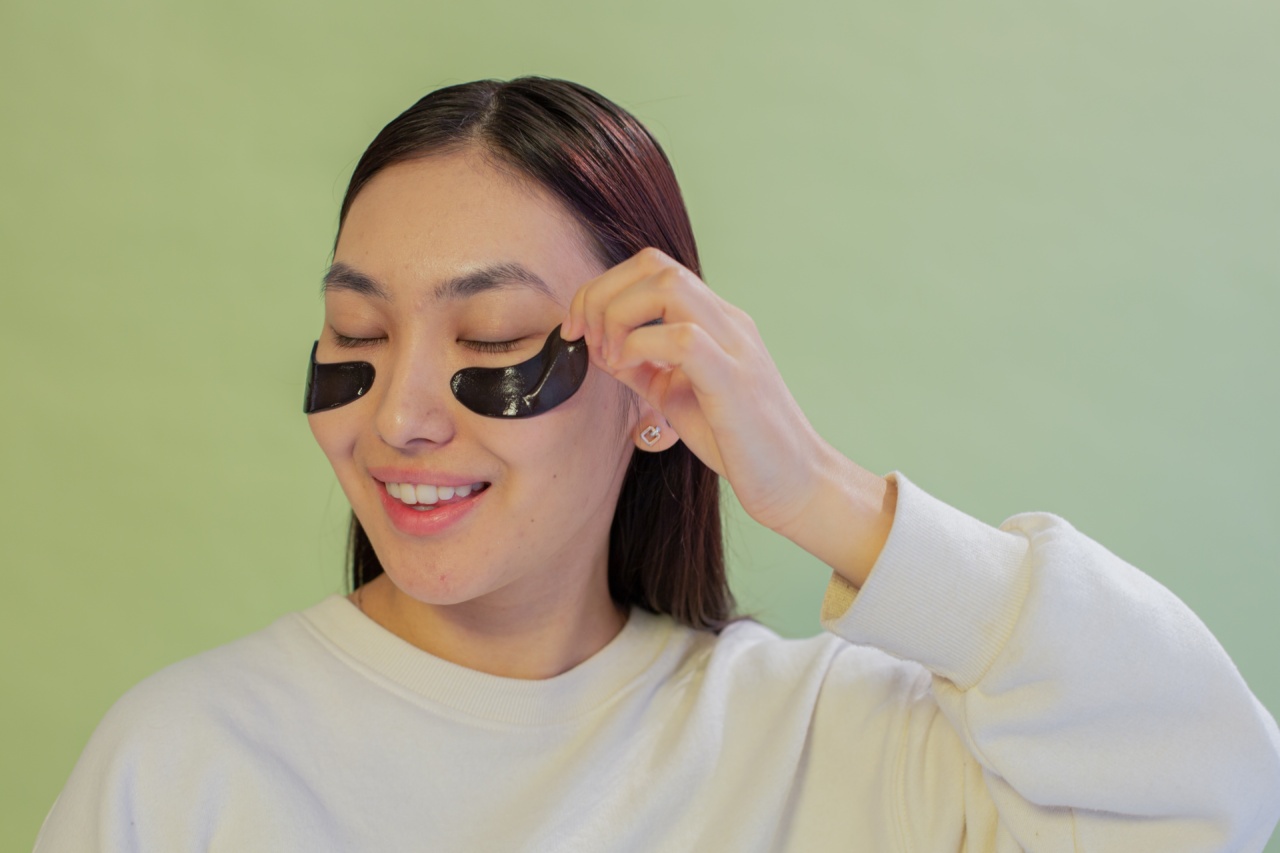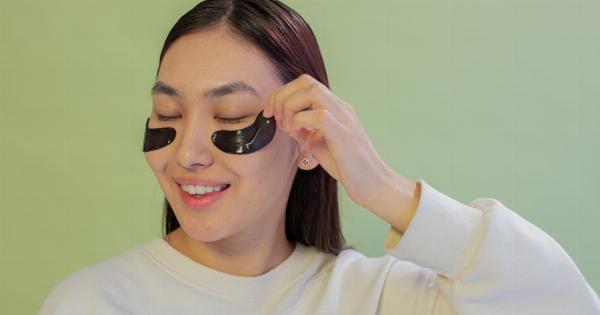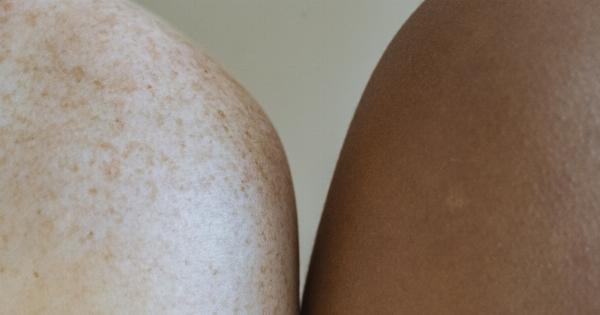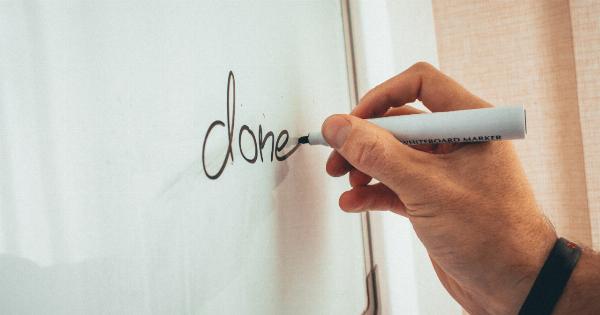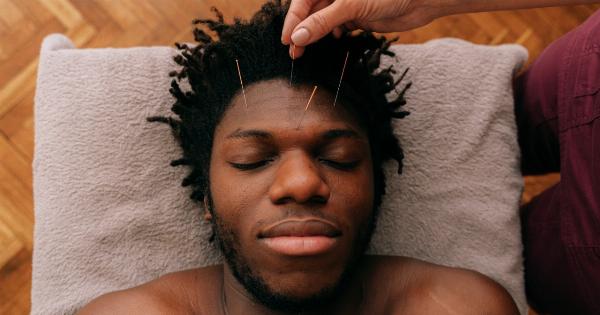Facial hair growth is a natural process for all genders, but it can be a source of frustration for many people.
Having facial hair can make some individuals feel self-conscious, and it can be challenging to remove them without causing pain or irritation. Fortunately, there are gentle and effective methods for facial hair removal that can leave your skin feeling smooth and soft.
1. Shaving
Shaving is the most common method of facial hair removal, and it’s easy to see why. Shaving is quick, painless, and can allow one to achieve smooth skin in a matter of minutes. Here are a few tips for shaving your facial hair:.
Choose the Right Razor
When it comes to razors, there are lots of options to choose from. Electric razors are convenient, but they don’t always provide the closest shave. Disposable razors are cheap, but they can cause irritation or razor burn.
If you’re serious about achieving a close, gentle shave, then invest in a high-quality safety razor. Not only do safety razors provide a close shave, but they can be less irritating to the skin over time.
Prep Your Skin
Before you begin shaving, make sure your skin is clean and dry. Apply shaving cream or gel to the area, and let it sit for a minute or two before shaving. This will help soften the hair, making it easier to cut.
Additionally, shaving in the shower can also help soften the hair and make it easier to shave.
Shave Wisely
When it’s time to start shaving, use slow, gentle strokes. Don’t push too hard or go over the same spot too many times, as that can irritate the skin and cause razor burn.
If you have sensitive skin, you might want to consider using a moisturizer or aftershave once you’re done shaving to soothe the skin.
2. Waxing
Waxing is another popular method of facial hair removal, and it’s especially effective for thicker, coarser hair. Here’s how to wax your facial hair:.
Prep the Skin
Before waxing, it’s essential to make sure that your skin is clean and dry. Exfoliating beforehand can also help prevent ingrown hairs and make hair removal more comfortable.
Avoid applying moisturizers or oils to the area, as they can interfere with the waxing process.
Apply Wax
Using a spatula or waxing stick, apply the wax to the area where you want to remove hair. Be sure to apply the wax in the direction of hair growth, not against it. Let the wax sit for a few seconds until it hardens and adheres to the hair.
Remove Wax
To remove the wax, pull it off in the opposite direction of hair growth. Pull the skin taut with one hand and use the other hand to remove the wax quickly and firmly.
If you’re new to waxing, you might want to start with smaller areas and work your way up gradually.
3. Threading
Threading is a technique that originated in India and involves using a thin cotton thread to remove hair from the roots. It’s especially useful for removing hair from the upper lip, chin, and eyebrows.
Here are some tips for threading your facial hair:.
Prep Your Skin
Before threading, make sure your skin is clean and dry. You can also use a numbing cream to help reduce any discomfort during the process.
Use the Thread
To use the thread, hold both ends in your hands and twist the thread several times until it forms a “U” shape.
Place the twisted thread against the skin and move it back and forth, using a seesaw motion, while pulling the thread in the opposite direction of hair growth. This technique can take some practice to master, but it’s an effective method of facial hair removal.
Conclusion
Facial hair removal doesn’t have to be painful or uncomfortable. By following these quick and gentle techniques, you can achieve smooth, hair-free skin in no time.
Remember to be careful when removing hair from your face and to avoid any techniques or products that cause irritation or discomfort.
